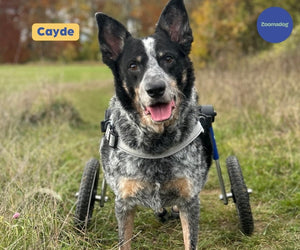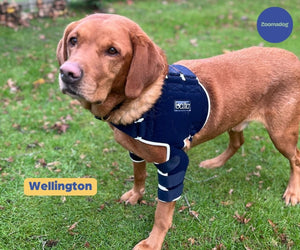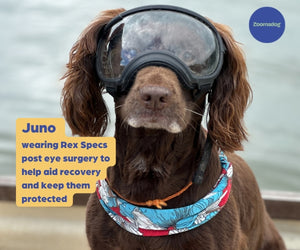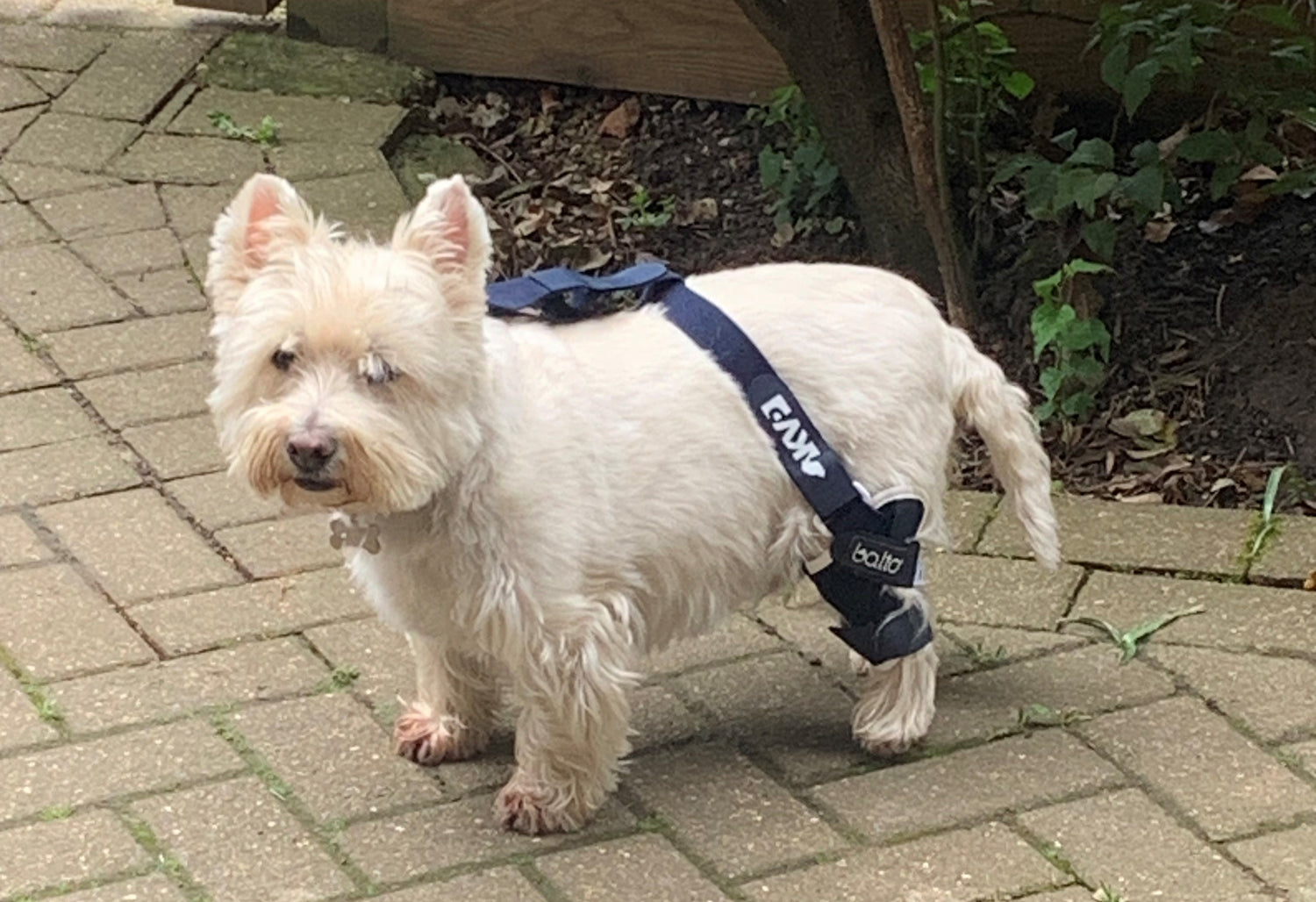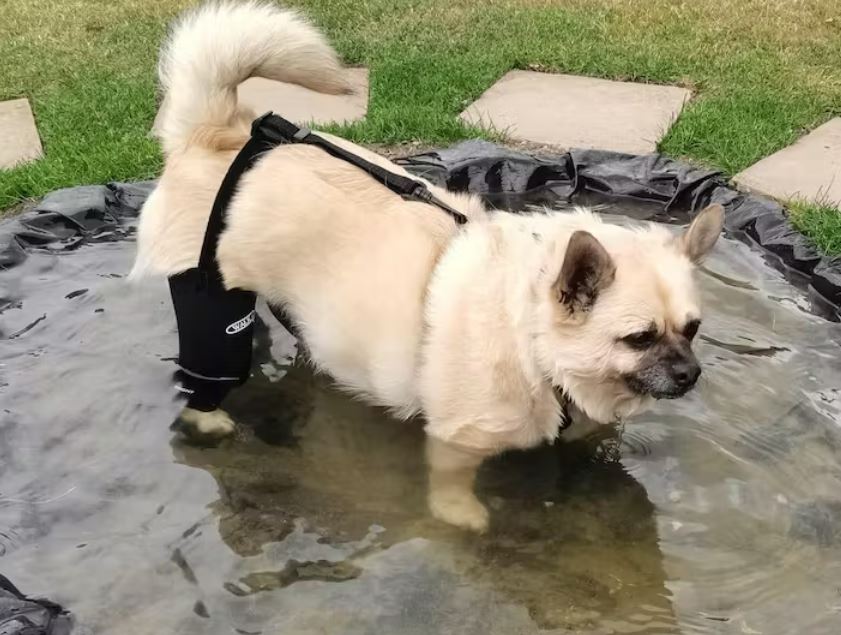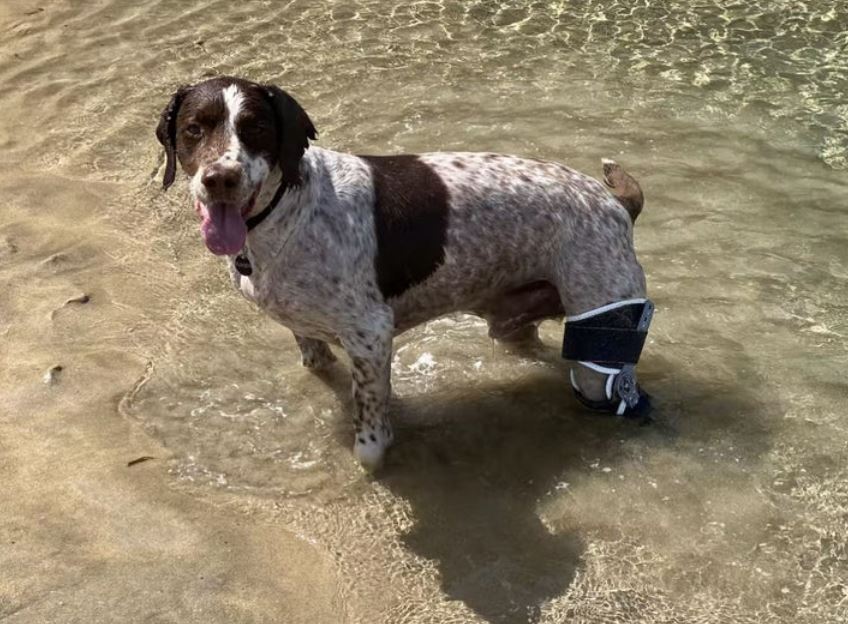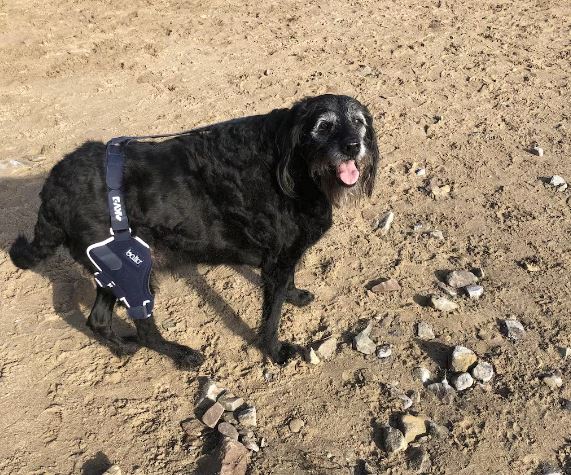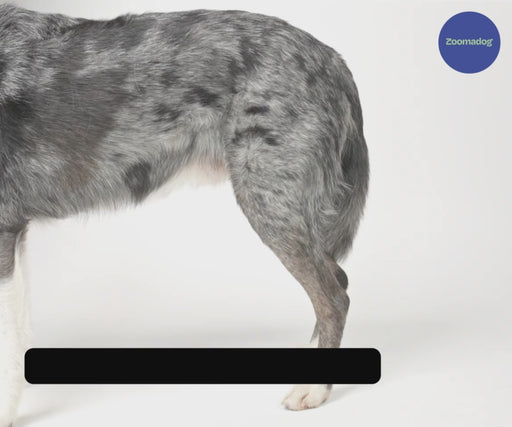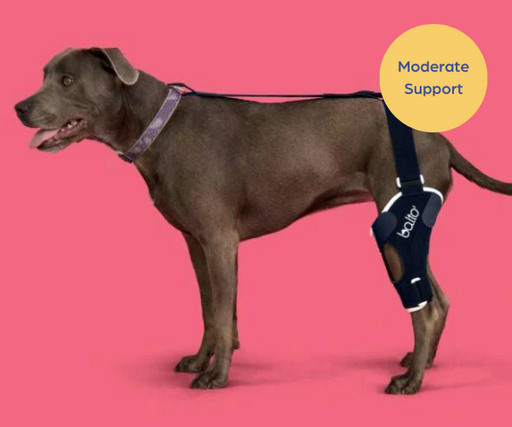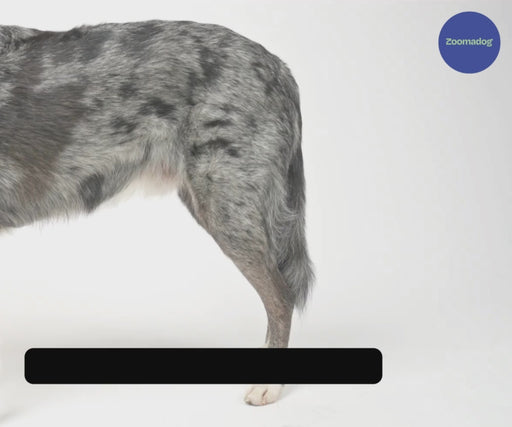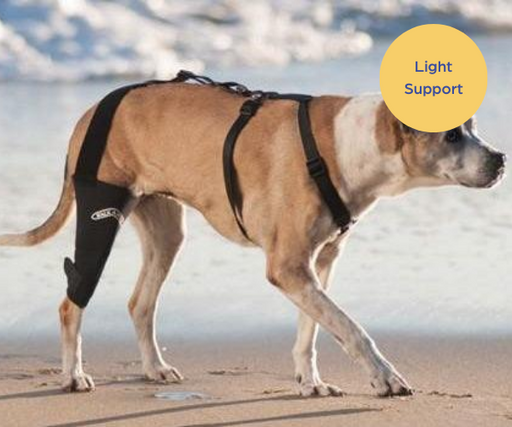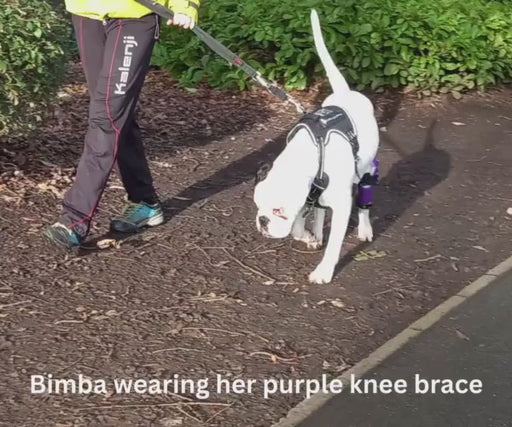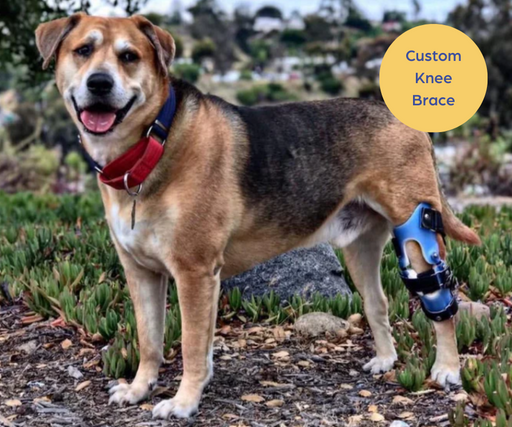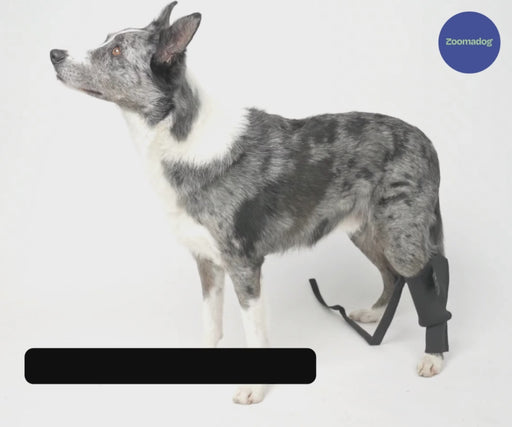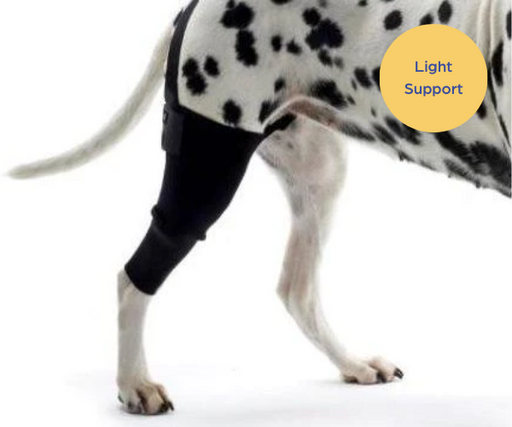Dog cruciate ligament injuries in dogs cause significant pain, lameness and mobility issues in the affected leg or legs. The cruciate ligaments are located in the knee joint and help to stabilise the joint during movement. There are two cruciate ligaments in a dog's knee; the cranial (anterior) cruciate ligament and the caudal (posterior) cruciate ligament. The cranial cruciate ligament is more commonly affected by injury.
There are Two Main Types of Cruciate Ligament Injuries in Dogs:
- Cranial cruciate ligament rupture
- Partial cranial cruciate ligament tear
Cruciate ligament injuries in dogs can occur due to a variety of reasons. Injuries can occur suddenly, as a result of trauma for example, however it much more commonly happens gradually over time, due to degeneration of the ligament, much like a fraying rope. Certain breeds are more predisposed: Labradors, Rottweilers, Boxers, West Highland White Terriers, Staffordshire Terriers, Mastiffs, Saint Bernard’s and Newfoundlands for example. Other factors such as being overweight, conformation, hormonal imbalance and certain inflammatory conditions of the joint, are thought to also play a role.
At least half of the dogs that have a cruciate ligament disease in one knee will most probably develop the same or a similar problem in the other, sometime in the future. In addition to this, partial tearing of the cruciate ligament in dogs, frequently progresses to a full tear over time.
While many people think that osteoarthritis or arthritis develops later in dogs who have cruciate ligament disease, it in fact starts developing right from the beginning of your dog developing cruciate ligament diseases but it is often masked by other symptoms.



